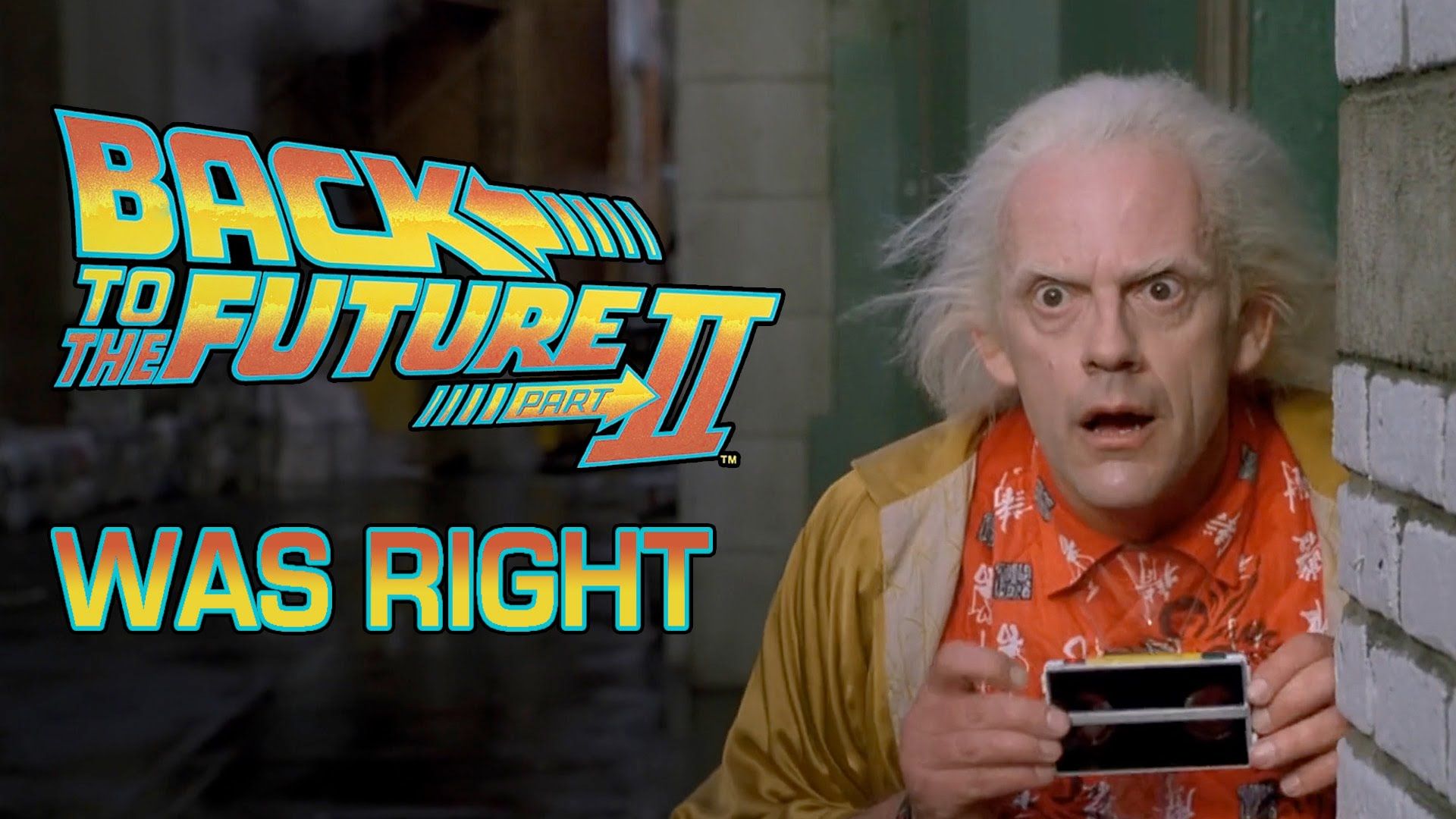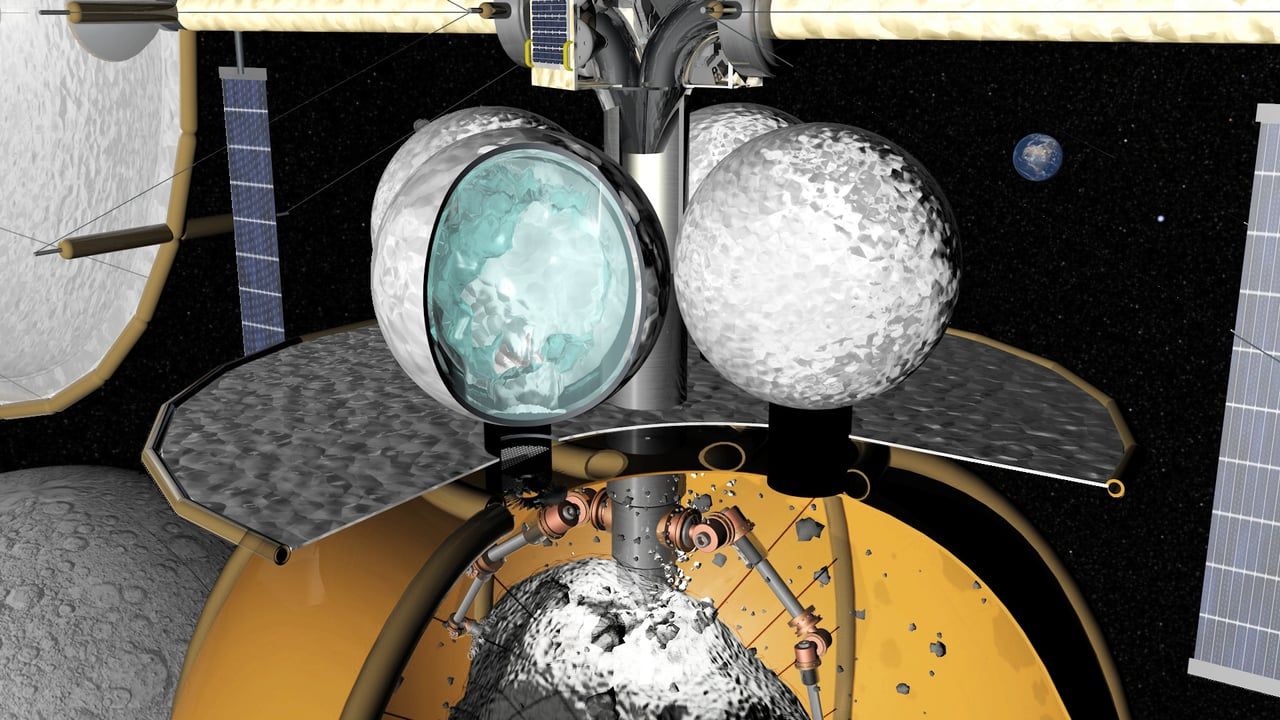Oct 21, 2015
Stanford built a self-driving, electric DeLorean and it does donuts
Posted by Shailesh Prasad in categories: robotics/AI, transportation
Finally. A Back to the Future tribute that’s genuinely cool.
Engineers at Stanford University along with Renovo Motors built an electric, self-driving DeLorean, appropriately named MARTY. The researchers are using it as a test bed to develop autonomous cars that use racing-inspired techniques to avoid accidents.
See also: USA Today travels ‘Back to the Future’ with front page from the film.


















